I have an example application (full source) that encodes camera frames with MediaCodec while displaying them on a GLSurfaceView.
Systrace confirms 30 drawing calls are made each second:

However, a screenrecord recording (.mp4, YouTube) shows the apparent framerate to be considerably lower.
In a nutshell, my encoding & display loop does the following:
- Makes a MediaCodec Surface input EGL Context current
- Draws a camera frame to the MediaCodec EGL surface
- Makes the GLSurfaceView EGL Context current
- Draws the same camera frame to the GLSurfaceView
On a Galaxy Nexus LTE and Nexus 7 (both with AOSP 4.4), the application performs as expected. So far only the Nexus 5 experiences this discrepancy between the number of frames drawn to the screen and the number of frames apparent...
I pray I'm not insane.